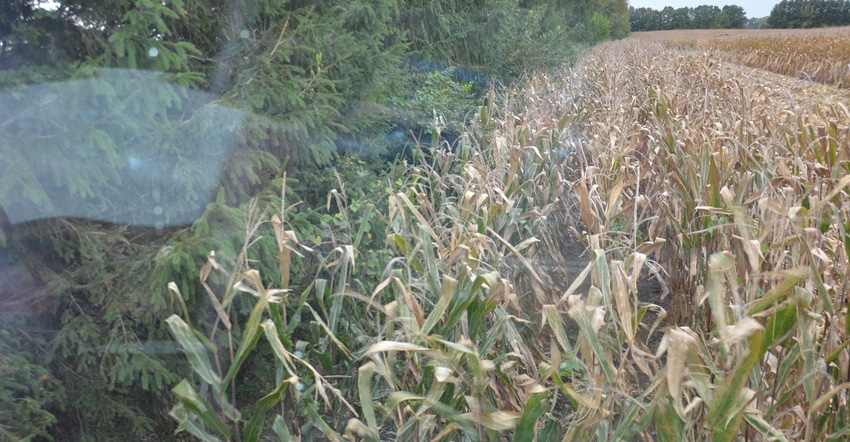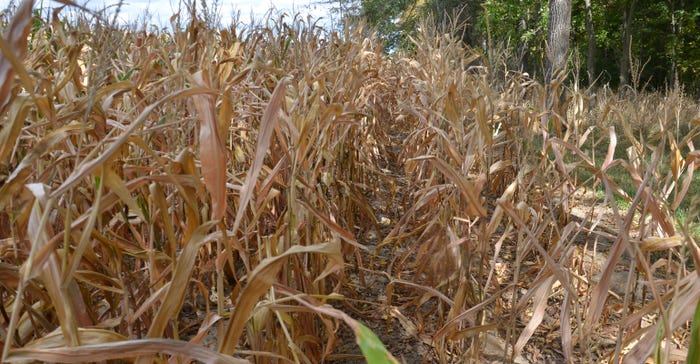
This isn’t a new story. A similar story appeared some 20 years ago. You’re seeing the same topic again because, despite all the modern technology offered in agriculture today, there is still no good solution for growing good yields near trees, fencerows that have grown up or wooded areas.
The point of the article 20 years ago was twofold, recalls Dave Nanda, now director of genetics for Seed Genetics Direct. He helped evaluate the yield loss along a tree line in a fencerow for that first article. It was in the early days of the Corn Illustrated series of stories.
“First, losses generally extend farther into the field than a grower might think,” Nanda says. “This year, for example, in the Corn Watch ’20 field, we found damage from wildlife near a wooded area some 100 feet or more into the field. There was so much smut in a few spots where wildlife fed on young plants that I called it a ‘smut garden.’
“Second, the yield losses in the first several rows nearest the wooded area can be higher than you might think. If trees are tall and it’s an older wooded area with wildlife, there is a lot of competition for corn or soybeans during the season.”
Nanda drew a conclusion then, and he hasn’t changed his mind. “There may be cases where you would be better off to not plant that first pass and put it in permanent vegetation instead,” he says. “Even if you’re paying cash rent, you may be investing more additional inputs than you recover in revenue through yield, especially for corn.”

Current example
The Indiana Prairie Farmer and Purdue University corn harvest date trial plot for 2020 was in a field along a windbreak of pine trees. It’s just a windbreak — the area isn’t overgrown with excessive brush, and there isn’t enough space for wildlife to use it on a routine basis.
The first 18 rows weren’t part of the trial. So, they were harvested separately, six rows at a time. Only the first six rows yielded less. However, yield was off by 36% compared to the next two passes of the same hybrid, farther away from the trees.
The corn was yielding about 225 bushels per acre. A 36% loss amounts to 80 bushels per acre, or $280 per acre less return at $3.50-per-bushel corn. Perhaps it still paid its way, but that’s a significant loss caused simply by planting next to a windbreak.
At various times in the past, cost-share money has been available in some locations for establishing field borders. They’re essentially permanent grass or grass and legume strips around the edge of the field. As an option, it might be worth visiting your local Natural Resources Conservation Service or soil and water conservation district office to see if this practice is offered in your area.
About the Author(s)
You May Also Like




